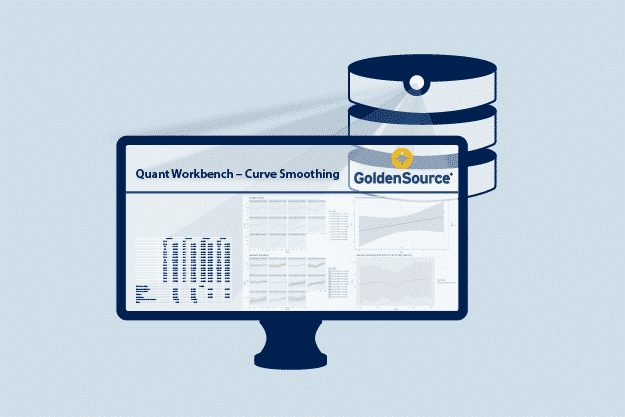GoldenSource has launched a new Quant Workbench tool that enables financial institutions to better leverage their data by running superior analytics and quantitative research directly on best available reference and pricing data.
The new solution sits on top of GoldenSource’s existing data management system so that financial institutions can allow their quant developers and research analysts to do their work on approved validated data sources. As part of the Quant Workbench package, GoldenSource will also provide sample calculations covering both buy side and sell side use cases. E.g. on the sell side the tool allows quants to build volatility surface models – which are required for valuations and risk management of options portfolios. On the buy side, the tool can be used for portfolio risk and optimization techniques such as CAPM and Factor-based returns optimization.
On the buy side, with interest rates at rock bottom, a more streamlined approach to analytics has become increasingly important to asset managers in their hunt for yield enhancement. In addition, since the advent of the MiFID II research unbundling rules, many asset managers have had to underpin their own research with additional data and analytics resources. While on the sell side, there has been a longstanding need to get quants and analysts working off approved centralised data sources in a bid to cut data cost, reduce terminal usage and leverage data that is common across trading desks.
Commenting on the new solution, Charlie Browne, Head of Market Data and Risk Solutions division at GoldenSource, said: “Regulatory pressures and the need to improve investment returns is pushing firms to seek out alternative ways to leverage their data. Our Quant Workbench tool will allow both banks and asset managers to enhance their existing data management programmes to include quant and analytics capabilities. Portfolio data, investment factors and curves, surfaces, risk factors and historical time-series can now all be sourced by quants and data scientists from a single location using a single IDE (integrated development environment) – dramatically reducing costs as a result.”

